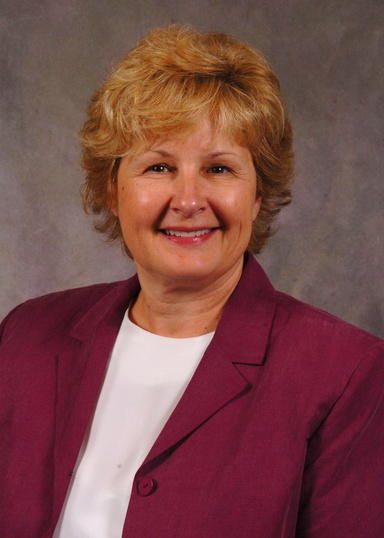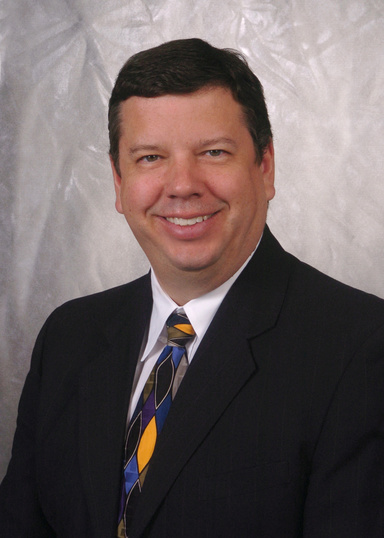The Iowa Electronic Markets (IEM) has a history of accurately forecasting election results, and like any financial exchange, there is always the risk someone will try to cheat the system for personal gain.
But a new study by a pair of University of Iowa professors who use the IEM for research suggests the market is well guarded against long-term manipulation.
Joyce Berg, professor of accounting in the Tippie College of Business, and Tom Rietz, professor of finance, said there have been attempts by traders to game the IEM in the past. In fact, they note that two researchers acknowledge they tried and failed to manipulate prices on the 2000 presidential election market.

Rietz and Berg say those attempts can cause short-term price fluctuations on the market, but unlike traditional stock, bond or commodities markets, the IEM’s design makes it much more difficult to game and alter the market’s overall predictive ability.
The IEM is a real money market that started in 1988 where traders can invest up to $500 buying and selling contracts based on what they think the result of an election will be. The IEM’s presidential vote share market has predicted the final vote percentage for the two major party candidates within an average margin of 1.13 percentage points. In comparisons to 964 national political polls, the IEM was closer to the actual election outcome 74 percent of the time.
The market operates using the theory of the wisdom of crowds, that a group of knowledgeable people aggregating information can assess the likelihood of future events with some reasonable degree of accuracy. The real-money aspect adds to the accuracy, giving traders an incentive to make a more thoughtful forecast. There’s something in it for them, after all: if they buy the right contract, they make money; buy wrong and they lose.
That financial incentive also provides a motivation for traders to manipulate the market, but Berg and Reitz say that’s extremely difficult to do. First, the $500 trading limit on traders per election cycle means that no one trader has enough financial muscle to corner the market or make any kind of long-term impact. In the 2000 election market, for instance, more than 500,000 contracts were traded with a value of $210,633.

“A $500 account is extremely small relative to that market,” Berg and Rietz write.
The market also works against manipulation because traders who want to buy a contract don’t have to buy them directly from the person selling the contract. Traders can also buy bundles of contracts from the market itself, which means that for $1 they receive one of each contract offered on a market. They then keep the contract they want and sell those they don’t to other traders. This creates an arbitrage opportunity for traders, which helps to keep the prices in the proper probability range.
“The manipulated prices don’t stand long against the onslaught of arbitrageurs,” they write.
Berg and Rietz say that some manipulators may even hope to affect the election outcome, but say those efforts are all but impossible. They point out that there’s no conclusive evidence that opinion poll numbers or prediction market prices affect the outcome of an election. They note that political scientists are split as to whether perceived big leads actually help or hurt, if a “bandwagon” effect brings in more voters for the candidate expected to win, or the “underdog” effect encourages more voters to support the trailing candidate.
The study, "Market Design, Manipulation and Accuracy in Political Prediction Markets,” will be published in a forthcoming issue of the journal Political Science and Politics.